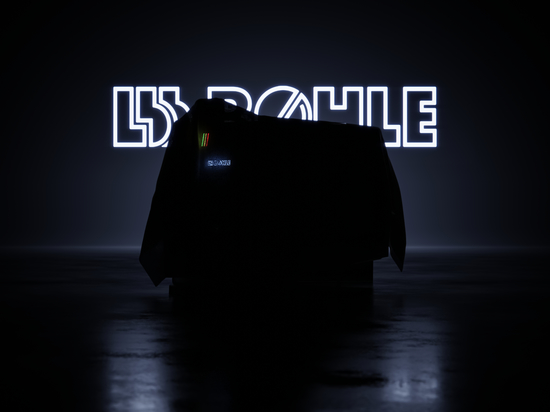
#Product Trends
Continuous processing will require a change in mindset for controls and automation
Continuous processing for secondary manufacturing in pharma is still one of the hottest topics currently discussed. Academia, industry and governmental institutions have embraced this development, working towards solutions from both the technological and regulatory perspective. While from an economics view, continuous processing has great potential for more efficient and cost effective manufacturing of tablets, the authorities and specifically the FDA purse improved safety and product quality. With the pharmaceutical industry being extremely conservative, this paradigm change from batch to continuous requires a re-thinking for all the stakeholders that are part of the manufacturing process.
Despite some pharmaceutical companies taking the engineering and implementation into their own hands, it are the machine suppliers which are challenged to translate concepts and regulatory requirements into industrially viable solutions, setting new standards for future production of solid dosage forms. In this respect, one of the major tasks on the pathway towards fully continuous production lines is the significantly increased complexity for the automation system, with the necessary control logic embedded. For reference, key words such as model predictive control, traceability and supervisory control systems are often used in this context. Until now, the process machines for batch manufacturing rely on local PLCs and PID control loops, both very familiar to the pharmaceutical industry. However, the complexity of full continuous production systems exceeds the capabilities of these well-established technologies, calling for new methodologies.
Instead of standalone PLCs with HMIs, different architectures with distributed control structures and more advanced software platforms take a leading role in controlling both the production process and moreover the final product quality [1]. Examples of such implementations can be found in various test installations around the globe, either in pharmaceutical companies or on demonstration system of machine suppliers. Ahead of all, academia has presented pioneering solutions, implementing complex control logics with model predictive control on platforms such as Matlab [2].
If it comes to customizing the control strategy for a new product, rapid prototyping platforms provide a highly valuable advantage in the early phase. For each product, the process chain implies constraints such as material properties, valid design spaces and critical control parameters, which are identified theoretically or empirically. Finally, the overall control strategy in the production line automation must take into account these constraints, leading towards customized implementations. In such implementations, the entire toolset of controls engineering must be available, reaching from simple decision trees over regular PID control loops towards non-linear, adaptive and model based control algorithms. Especially on rapid prototyping platforms, such implementation of complex control strategies are realized in a reduced time frame, speeding up the process development.
Of course, the development and implementation of a control strategy does not suffice without the full understanding of the interrelations and restrictions of each process, sensors and machinery. For instance, one might consider using NIR spectroscopy to control the continuous feeding and blending of API and excipients. A commonly seen proposal is to use the NIR measurement as a feedback signal into an internal control loop to adjust the gravimetric feeder for the API, while keeping the other (excipient) feeders constant. In such scenario, it is crucial to ensure that the resolution of the NIR system in conjunction with the applied chemometric model is high enough to provide a stable control system. Unfortunately, while from a controls engineer perspective such control loop makes perfect sense, it will introduce a discrepancy between the product definition in the recipe and the recorded feed rates (mass flow) of all raw material streams. Instead, from a practical and regulatory perspective, the alternative solution is to rely on the accuracy of the gravimetric feeders, dispensing the pre-defined combination of raw material, but to use the NIR signal to identify temporary variations in the final blend in order to reject them if needed. As can be seen from this example, it is important to assess each element of the control strategy from different angles before taking a final decision.
In the end, the good news is that the above-mentioned technologies are readily available. Model predictive control, multi-layered control architectures and rapid prototyping platforms are state of the art, commonly used in related industries to the pharmaceutical field. Similarly, we can quantify the performance and reliability of process and sensory equipment, providing valuable input for the definition of control strategies. The greater challenge lies in the acceptance of these technologies and more importantly in the sharing of knowledge and experience. Pharmaceutical companies, regulatory agencies, equipment suppliers and academia have to collaborate closely, in order to pave the way for continuous processing in secondary manufacturing and therefore improved quality for solid dosage forms.
For this purpose, we at Bohle had built the Technology Center with the entire continuous processing line as a center for education and knowledge exchange.
We express our invitation to contact us and become part of our project.




